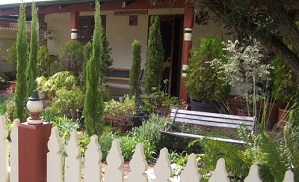
Develops skills to evaluate, describe and explain how physical characteristics of a building and its surrounds have an impact upon human health. This course builds on Healthy Buildings I, but can also stand alone as it covers such topics as impact and the macro-environment.